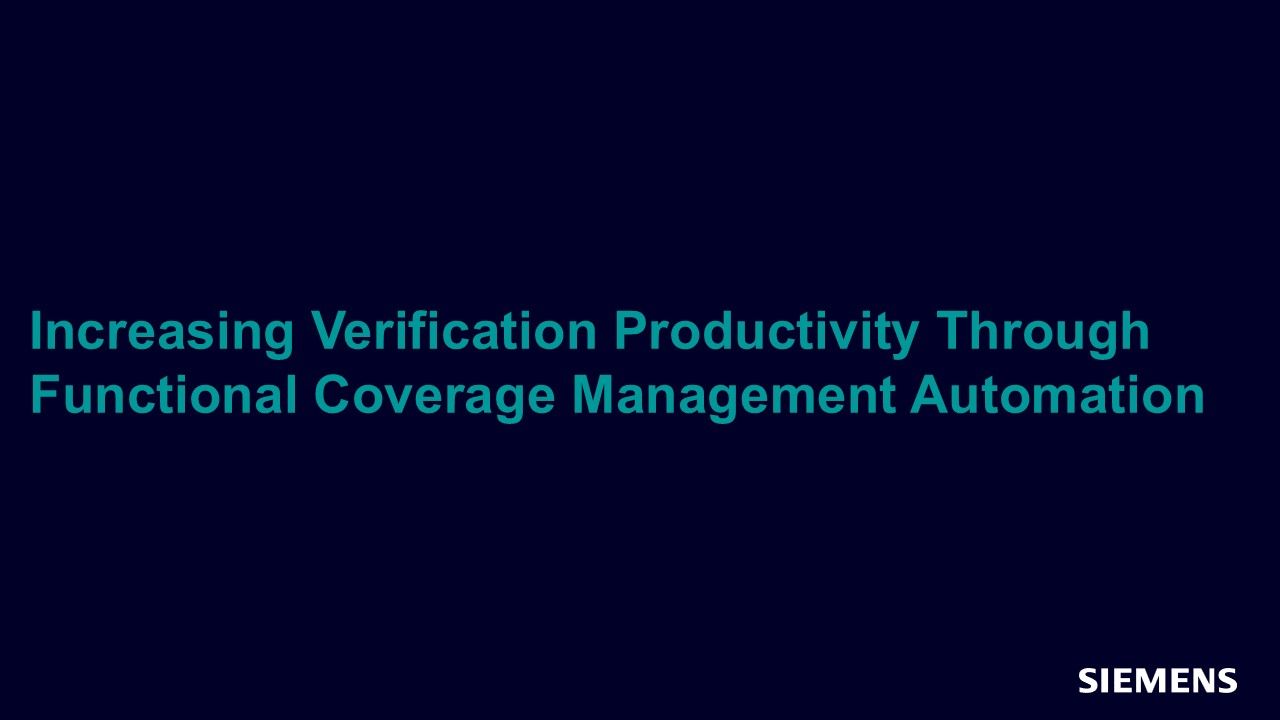Increasing Verification Productivity Through Functional Coverage Management Automation
This article describes a simple methodology which addresses all the above issues. It uses the concept of inheritance and can be implemented as a tool in conjunction with Questa. This customization methodology can be used across all protocols.

Full-access members only
Register your account to view Increasing Verification Productivity Through Functional Coverage Management Automation
Full-access members gain access to our free tools and training, including our full library of articles, recorded sessions, seminars, papers, learning tracks, in-depth verification cookbooks, and more.